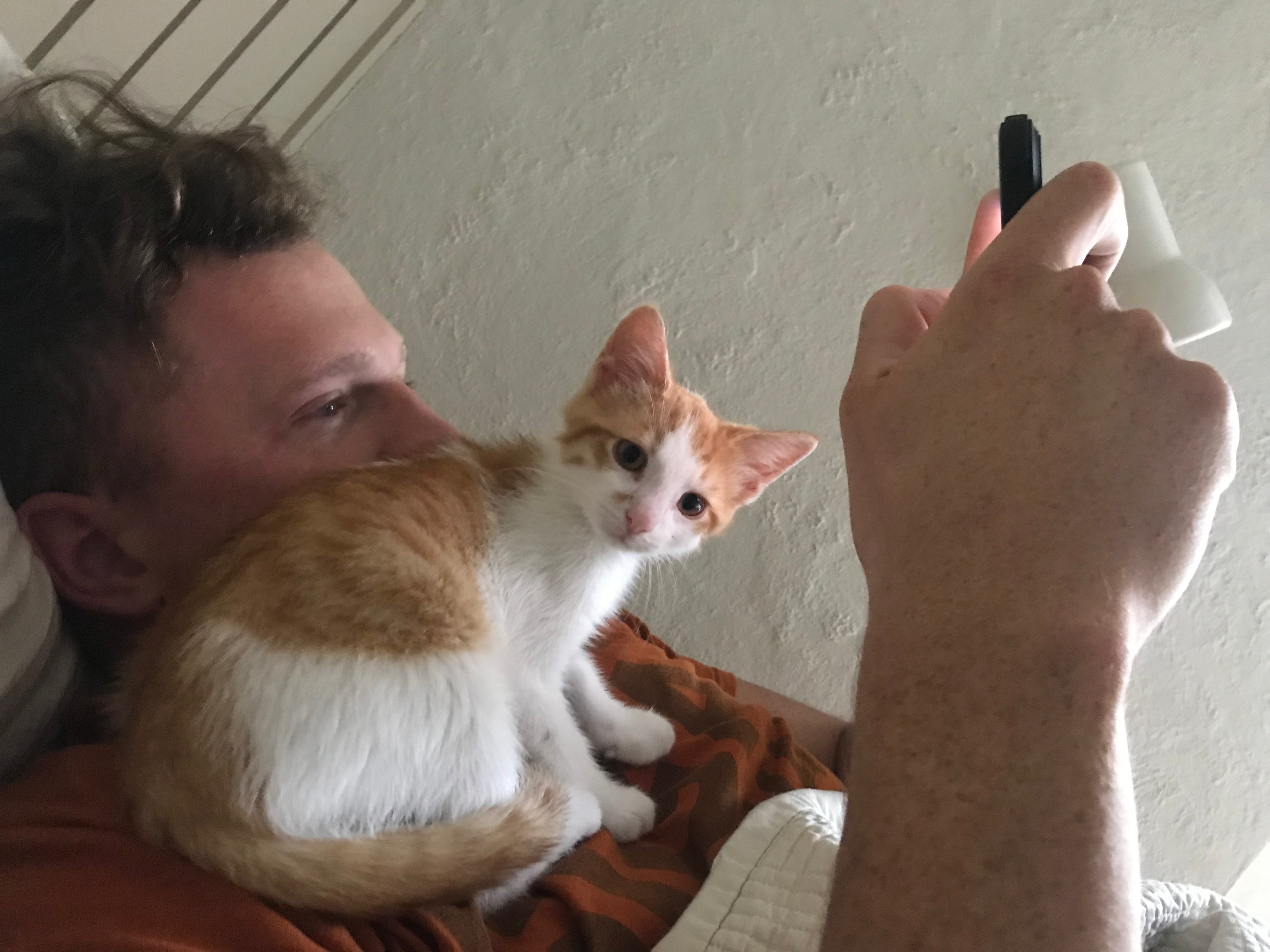Vet-Approved 2025 Guide: The Remarkable Sense of Smell in Cats 🐱👃

In this article
Vet-Approved 2025 Guide: The Remarkable Sense of Smell in Cats 🐱👃
By Dr. Duncan Houston BVSc
A cat’s sense of smell is extraordinarily powerful and plays a central role in their daily life—from hunting and exploring to socializing and communication. While cats don’t match dogs in olfactory prowess, their noses are still incredibly sensitive and finely tuned.
🧬 How Sensitive Is a Cat’s Nose?
Cats have around 200 million odor-sensitive cells in their noses, compared to roughly 5 million in humans. That makes a cat’s sense of smell about 14 times more acute than ours. This heightened sensitivity allows them to detect subtle scents in their environment, giving them a significant advantage in survival and communication.
🐾 How Cats Use Their Sense of Smell
Cats rely on their sense of smell in many ways:
-
Finding Food: Cats use scent to identify food and determine if it’s safe and palatable. Their less-developed taste buds make smell particularly important.
-
Detecting Threats: Smell helps cats sense predators or unfamiliar animals nearby.
-
Social Communication: Cats leave scent markings to signal territory, reproductive status, and social hierarchy.
-
Recognizing Humans and Other Cats: Cats can distinguish their owners and fellow felines by scent, aiding in bonding and social interactions.
🧪 The Vomeronasal Organ (Jacobson’s Organ)
Beyond their noses, cats possess a specialized olfactory structure called the vomeronasal organ, or Jacobson’s organ, located in the roof of the mouth.
-
This organ allows cats to detect pheromones and other chemical cues.
-
It’s why you may see your cat “flehmen”—curling back their lips and inhaling deeply—to analyze certain scents.
-
The organ plays a key role in mating, territory recognition, and social behavior.
🏠 Implications for Cat Owners
Understanding a cat’s sense of smell can help you create a safe, enriching environment:
-
Comforting Scents: Use familiar smells or cat pheromone sprays to reduce stress.
-
Appealing Meals: Enhance mealtime with aromatic foods or slightly warmed wet food to make it more enticing.
-
Enrichment: Introduce toys or scratching posts with natural scents to stimulate curiosity.
-
Avoid Overwhelming Odors: Strong perfumes, cleaning agents, or harsh chemicals can stress cats.
🌟 Summary
A cat’s sense of smell is a critical part of how they experience the world. From detecting food and threats to communicating with other cats, their noses—combined with the vomeronasal organ—allow them to interpret a rich tapestry of scents invisible to humans. Recognizing the power of this sense helps cat owners better meet their feline friends’ physical and emotional needs.








